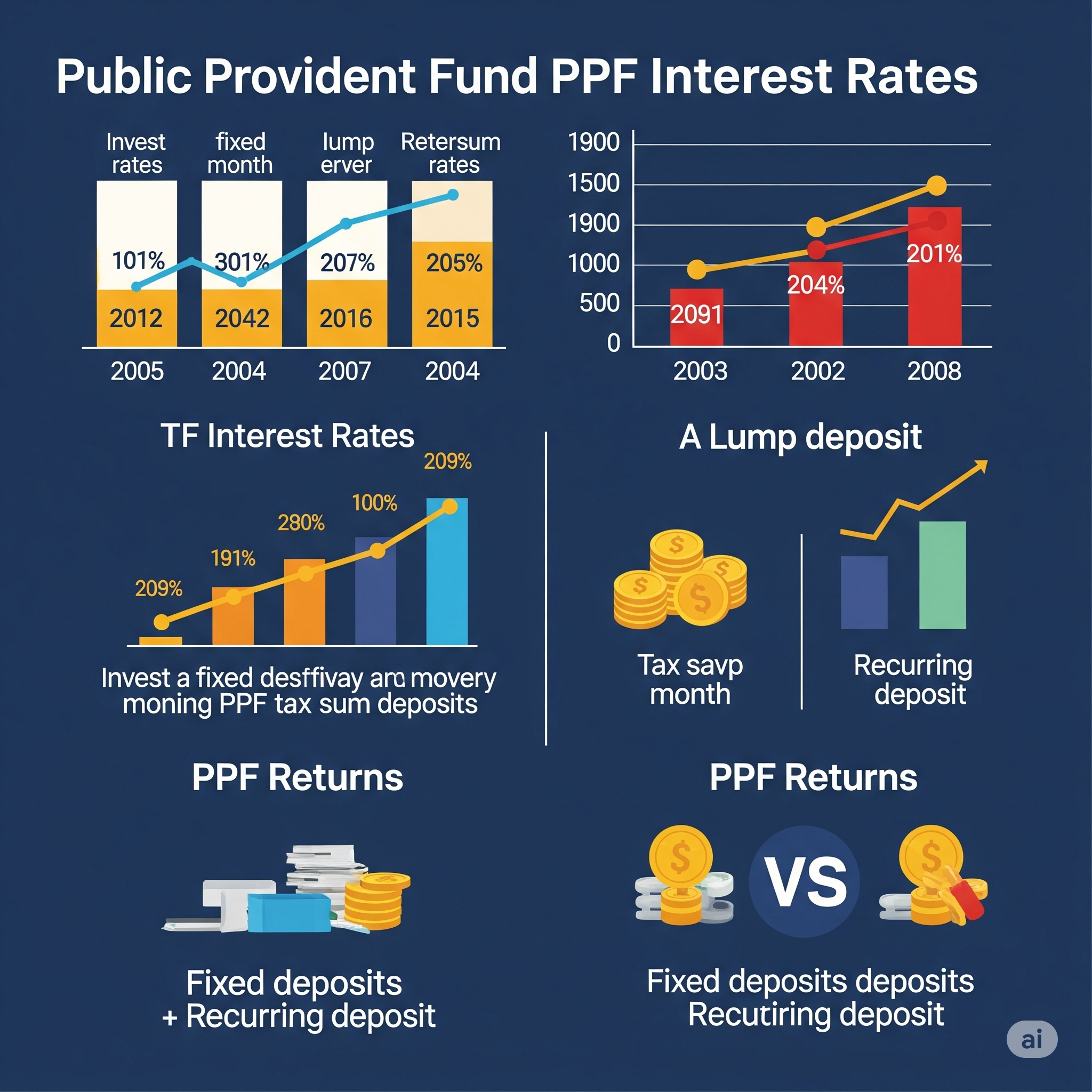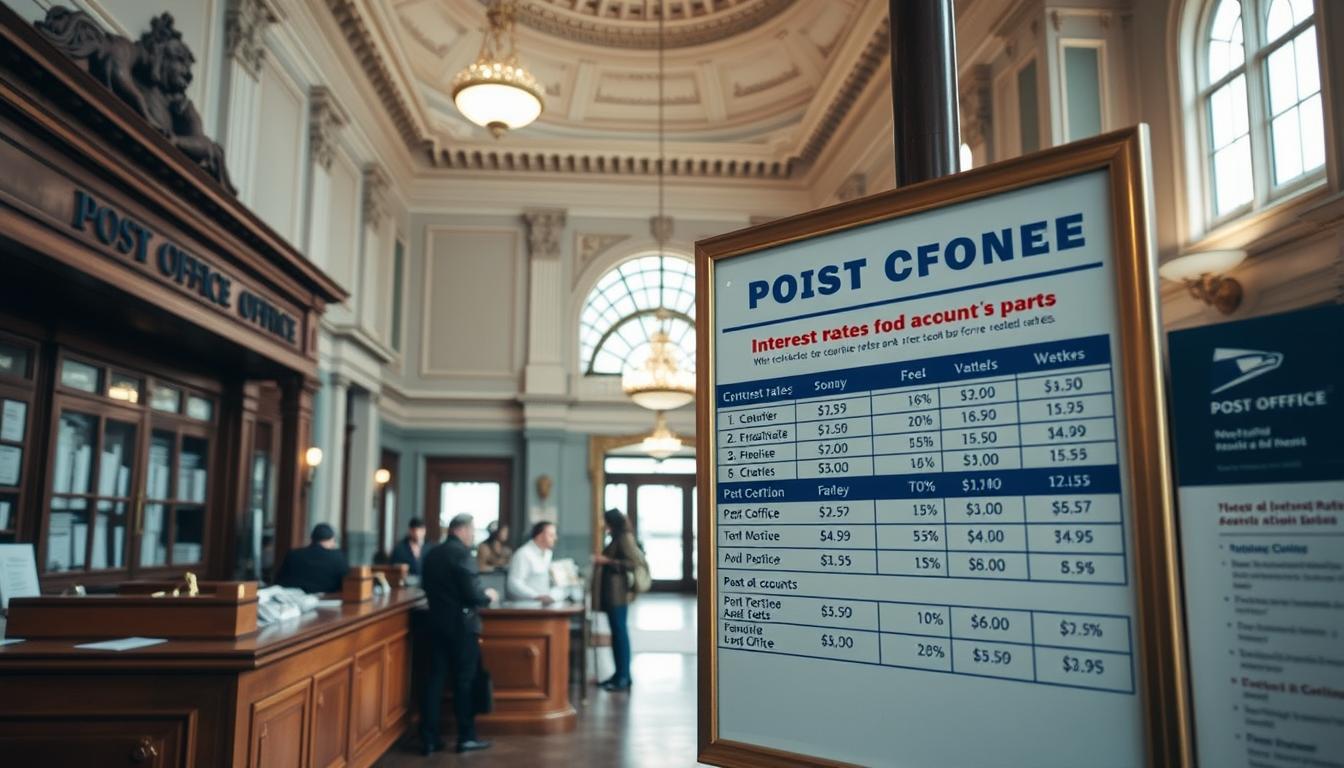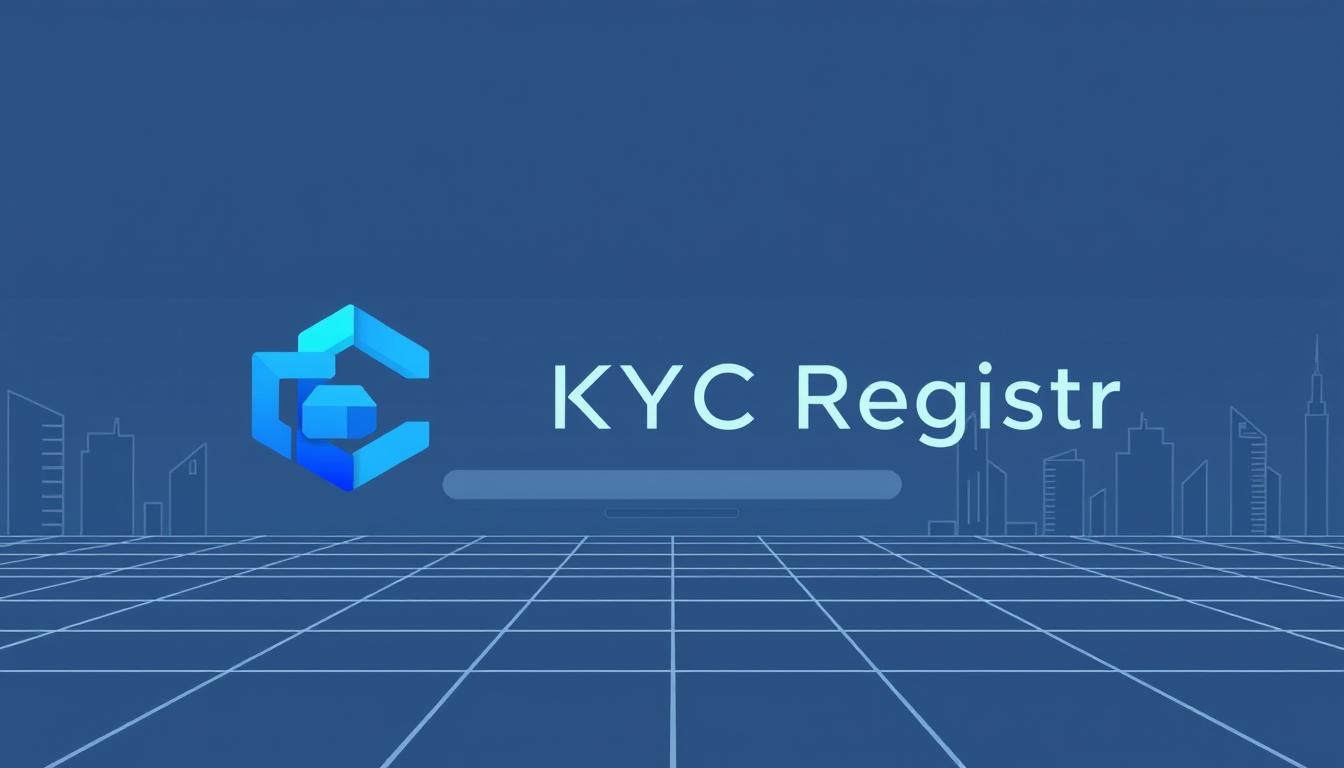Gratuity is a significant financial benefit provided to employees in India after completing a specified period of service with an organization. It is the amount paid by an employer to an employee as a token of appreciation for their services.

The Payment of Gratuity Act, 1972, governs the gratuity payment in India, establishing rules and regulations for its disbursement. To be eligible for gratuity, an employee must have completed at least five years of service with the organization.
Understanding gratuity is essential for both employers and employees. Employers need to budget for these payments, while employees want to know what benefits they can expect upon retirement or resignation.
Key Takeaways
- Gratuity is a financial benefit for employees in India after a specified service period.
- The Payment of Gratuity Act, 1972, governs gratuity payments in India.
- Employees must complete five years of service to be eligible for gratuity.
- Gratuity calculation is crucial for employers and employees.
- This guide provides a comprehensive understanding of gratuity and its calculation.
Understanding Gratuity in India
Understanding gratuity is crucial for both employers and employees in India. Gratuity is a form of payment that is made to an employee when they leave their job, provided they have completed a certain number of years of service.
Definition and Purpose of Gratuity
Gratuity is a monetary benefit paid to employees as a token of appreciation for their service. The primary purpose of gratuity is to provide financial security to employees after their retirement or upon termination of their employment. As per the regulations, gratuity is a statutory benefit that employers must provide to their employees. It is a gesture of appreciation for the employees’ dedication and hard work.
The Payment of Gratuity Act, 1972
The Payment of Gratuity Act, 1972, is a crucial piece of legislation that governs gratuity payments in India. This Act applies to establishments with 10 or more employees, including factories, mines, oilfields, plantations, ports, railways, and shops. The Act mandates that eligible employees receive gratuity upon termination of their employment after completing at least five years of continuous service. As stated in the Act, “gratuity is payable to an employee on the termination of his employment after he has rendered continuous service for not less than five years.” The Act also specifies the formula for calculating gratuity amounts and sets the maximum limit for tax-exempt gratuity payments.
The Payment of Gratuity Act, 1972, is the cornerstone legislation that establishes the legal framework for gratuity payments in India. Employers must comply with this Act to ensure that their employees receive the gratuity benefits they are entitled to.
Eligibility Criteria for Gratuity Payment
Understanding the eligibility criteria for gratuity payment is crucial for employees in India. The Payment of Gratuity Act, 1972, governs the gratuity benefits provided to employees upon meeting certain conditions.
Minimum Service Requirements
To be eligible for gratuity, an employee must have completed at least five years of continuous service with the same employer. This minimum service requirement is a critical condition as per the Gratuity Act. The continuous service is calculated based on the employee’s uninterrupted service with the organization.
Exceptions to the Five-Year Rule
There are exceptions to the five-year rule. In cases where an employee’s service is terminated due to death or disability, the employee or their nominee becomes eligible for gratuity even if the employee has not completed five years of service. This provision ensures that the benefits are extended to employees or their families in unforeseen circumstances.
Organizations Covered Under the Gratuity Act
The Gratuity Act applies to various organizations, including factories, mines, oilfields, plantations, ports, and railway companies. Additionally, it covers shops and establishments with ten or more employees, as specified by the State or Central Government. Notably, once an establishment is covered under the Act, it remains governed by it even if the number of employees falls below ten. As stated by the Gratuity Act, “every shop or establishment within the meaning of law wherein ten or more people are employed on any day of the preceding twelve months” is covered.
It is essential for employees to understand whether their employer is covered under the Gratuity Act to determine their eligibility for gratuity benefits.
How to Calculate Gratuity: The Basic Formula
Understanding how to calculate gratuity is crucial for employees in India to plan their financial future. Gratuity is a significant component of an employee’s retirement benefits, and knowing how it’s calculated can help in financial planning.
Components of Last Drawn Salary
The last drawn salary is a critical component in calculating gratuity. It includes the basic salary and dearness allowance. The Payment of Gratuity Act, 1972, specifies that the last drawn salary is used for gratuity calculation. The components of the last drawn salary are crucial as they directly impact the gratuity amount.
According to the Act, the last drawn salary includes:
- Basic Salary
- Dearness Allowance
Calculating Years of Service
Another vital component is the number of years of service. The Gratuity Act specifies that for every completed year of service, an employee is entitled to gratuity. The calculation of years of service is typically rounded off to the nearest year.
Maximum Gratuity Limit
The Payment of Gratuity Act establishes a maximum limit on the gratuity amount that can be paid to an employee. As per the Act, the maximum gratuity limit is Rs. 20 lakh. Any amount exceeding this limit is considered ex-gratia and is not part of the statutory gratuity.
The maximum gratuity limit is a crucial aspect to understand, especially for high-earning employees or those with long service periods. The limit was increased from Rs. 10 lakh to Rs. 20 lakh in March 2018.
| Gratuity Component | Description | Maximum Limit |
|---|---|---|
| Statutory Gratuity | Calculated based on last drawn salary and years of service | Rs. 20 lakh |
| Ex-Gratia | Amount exceeding the statutory gratuity limit | No specific limit |
As stated by the Gratuity Act, “The maximum amount of gratuity payable to an employee shall not exceed twenty lakh rupees.” This limit is also applicable to the tax exemption on gratuity.
“The maximum amount of gratuity payable to an employee shall not exceed twenty lakh rupees.” – The Payment of Gratuity Act, 1972
Understanding the gratuity calculation formula and its components is essential for employees to plan their retirement benefits effectively. The formula involves the last drawn salary and the number of years of service, with a maximum limit of Rs. 20 lakh.
Gratuity Calculation for Employees Covered Under the Act
The Gratuity Act provides a clear formula for calculating gratuity for eligible employees, ensuring they receive their due benefits. This formula is crucial for employees to understand as it directly impacts their financial planning upon retirement or resignation.
The 15/26 Formula Explained
The formula used to calculate gratuity for employees covered under the Gratuity Act is (Last drawn salary × 15 × Years of service) / 26. Here, “Last drawn salary” includes the basic salary and dearness allowance. The divisor, 26, represents the average number of working days in a month.
The 15/26 formula is significant because it standardizes the gratuity calculation, making it fair and transparent for all eligible employees.
Step-by-Step Calculation Example
To illustrate how the gratuity calculation works in practice, let’s consider an example. Suppose an employee has worked for a company for 15 years and has a last drawn basic salary plus dearness allowance of Rs.30,000 per month.
- Identify the key components: Last drawn salary (Rs.30,000), Years of service (15 years), and the formula divisor (26).
- Apply the formula: Gratuity Amount = (Rs.30,000 × 15 × 15) ÷ 26 = Rs.2,59,615.
- Verify that the calculated amount does not exceed the maximum limit of Rs.20 lakh as prescribed by the Gratuity Act.
This example demonstrates how a substantial gratuity amount can accumulate over years of service, providing significant financial support to employees upon their exit from the organization.
| Component | Value | Description |
|---|---|---|
| Last Drawn Salary | Rs.30,000 | Basic salary plus dearness allowance |
| Years of Service | 15 years | Total years worked in the organization |
| Gratuity Amount | Rs.2,59,615 | Calculated using the 15/26 formula |
| Maximum Limit | Rs.20 lakh | As per the Gratuity Act |
Gratuity Calculation for Employees Not Covered Under the Act
For employees whose employers are not covered under the Gratuity Act, a different calculation method applies. This distinction is crucial as it affects the gratuity amount received by the employee.
The 15/30 Formula Explained
The gratuity for employees not covered under the Act is calculated using the 15/30 formula. This involves multiplying the last drawn basic salary by 15, then by the number of years of service, and finally dividing by 30.
To illustrate, let’s consider an example where an employee has a basic salary of Rs 30,000 and has completed 7 years of service. The gratuity amount is calculated as: (15 * 30,000 * 7) / 30.
Calculation Example
Using the formula, the gratuity amount for the employee would be: (15 * 30,000 * 7) / 30 = Rs 1,05,000. This can be compared to the amount calculated under the 15/26 formula, which would be: (15 * 30,000 * 7) / 26 = Rs 1,21,154.
The difference between the two calculations highlights the impact of the employer’s coverage under the Gratuity Act on the employee’s gratuity.
| Formula | Gratuity Amount (Rs) |
|---|---|
| 15/30 | 1,05,000 |
| 15/26 | 1,21,154 |
Using Online Gratuity Calculators

Online gratuity calculators provide a quick and accurate way to calculate gratuity, making financial planning easier for Indian employees. These calculators are designed to simplify the process, ensuring that employees can estimate their gratuity without any hassle.
Benefits of Using a Gratuity Calculator
Using a gratuity calculator offers several benefits, including accuracy and ease of use. By entering basic salary, dearness allowance, and years of service, employees can get an instant estimate of their gratuity amount. This helps in better financial planning and decision-making.
Step-by-Step Guide to Using Online Calculators
Using an online gratuity calculator is a straightforward process that involves a few simple steps:
- Select a reliable gratuity calculator from a trusted financial website or app that specializes in Indian tax and financial calculations.
- Enter your basic salary and dearness allowance (if applicable) in the designated fields.
- Input your total years of service with your current employer.
- Some advanced calculators may ask for additional information like expected annual salary increment rate.
- The calculator will instantly display your estimated gratuity amount.
For example, using the ClearTax Gratuity Calculator, you can calculate your gratuity by entering the required details and adjusting the sliders to see how different inputs affect your gratuity amount.
Special Cases in Gratuity Calculation
Gratuity calculation can become complex in special cases such as death, disability, or incomplete years of service. These scenarios require a nuanced understanding of the rules governing gratuity payments in India.
Gratuity in Case of Death or Disability
In the event of an employee’s death or disability, gratuity is paid to the nominee or the employee, respectively. The Payment of Gratuity Act, 1972 mandates that gratuity be paid even in such unfortunate circumstances, ensuring financial security for the employee or their family.
The calculation remains largely the same as for regular service completion, with the key factor being the length of service rendered before the event.
Handling Incomplete Years of Service
The treatment of incomplete years of service is a critical aspect of gratuity calculation. According to the Payment of Gratuity Act, if an employee has worked for more than six months in their final year of service, it is counted as a full year for gratuity calculation purposes.
- If an employee has completed 10 years and 7 months of service, their service period for gratuity calculation is considered as 11 years.
- Conversely, if an employee has completed 10 years and 5 months of service, their service period is counted as exactly 10 years.
This rounding rule applies universally, covering both employees under the Gratuity Act and those whose employers provide gratuity benefits voluntarily.
Taxation Rules for Gratuity in India
Understanding the tax implications of gratuity is crucial for employees in India. Gratuity received from an employer is considered a taxable component of one’s income, but there are specific exemptions and rules that apply.
Tax Exemption for Government Employees
For government employees, gratuity is fully exempt from tax. This means that if you are a government employee, the gratuity you receive is not subject to income tax, providing a significant benefit.
Tax Rules for Private Sector Employees
Private sector employees also enjoy certain tax exemptions on gratuity. The exemption is limited to the least of the following three amounts:
- The actual gratuity received
- The calculated eligible gratuity based on the formula specified under the Payment of Gratuity Act
- Rs 20 lakh, which is the maximum tax-exempt limit set by the government
Calculating Taxable Portion of Gratuity
To calculate the taxable portion of gratuity, one must first determine the eligible gratuity and compare it with the actual amount received and the tax-exempt limit of Rs 20 lakh. For instance, if an employee received Rs 12 lakh as gratuity and the calculated eligible gratuity was Rs 2,59,615, the tax-exempt amount would be Rs 2,59,615, being the lowest of the three figures. The remaining amount of Rs 9,40,385 would be subject to tax as per the employee’s income tax slab.
It’s essential to accurately calculate the taxable gratuity to comply with income tax regulations and avoid any potential liabilities.
Common Mistakes to Avoid When Calculating Gratuity
Accurate gratuity calculation is crucial, and avoiding common mistakes is essential for both employers and employees. Gratuity is a significant component of an employee’s retirement benefits in India, and its calculation involves several factors, including the length of service and the last drawn salary.
Incorrect Salary Components
One of the common mistakes in gratuity calculation is incorrectly identifying the components of the last drawn salary. The last drawn salary includes basic salary and dearness allowance. Failing to include or incorrectly including certain allowances can lead to incorrect gratuity calculations.
- Ensure that the basic salary and dearness allowance are correctly considered.
- Other components like bonuses or special allowances should not be included unless specified by the organization’s policy or the Gratuity Act.
Errors in Service Period Calculation
Another critical mistake involves errors in determining the total years of service. According to the Gratuity Act, if the number of months served in the last year of employment exceeds six, it is rounded up to the next full year. For instance, 16 years and 7 months of service is considered as 17 years for gratuity calculation.
| Service Period | Rounded Service Years |
|---|---|
| 16 Years 4 Months | 16 |
| 16 Years 7 Months | 17 |
| 20 Years 0 Months | 20 |
Smart Investment Options for Your Gratuity Amount

Receiving your gratuity amount is a significant milestone in your career, and investing it wisely is crucial for securing your financial future. With numerous investment options available in India, it’s essential to choose the right avenues that align with your financial goals.
Fixed Income Options
Fixed income options provide a stable source of returns, making them an attractive choice for risk-averse investors. Instruments like Fixed Deposits (FDs) and Senior Citizen Savings Scheme (SCSS) offer regular income and relatively lower risk.
Market-Linked Investment Opportunities
For those willing to take on more risk, market-linked investment opportunities like Equity-Linked Savings Schemes (ELSS) and National Pension System (NPS) offer the potential for higher returns. ELSS provides tax benefits under Section 80C of the Income Tax Act, while NPS offers additional tax benefits under Section 80CCD(1B).
Tax-Efficient Investment Strategies
Investing in tax-efficient instruments can help minimize tax outgo on your investment gains. Options like Public Provident Fund (PPF) and Sovereign Gold Bonds (SGBs) offer tax benefits. PPF provides tax deductions on investment, tax-free interest accumulation, and tax-free withdrawals. SGBs offer tax-free interest income and capital gains tax exemption if held till maturity.
By considering these investment options and strategies, you can make the most of your gratuity amount and achieve your long-term financial objectives.
Financial Planning with Your Gratuity Amount
Receiving your gratuity amount is a significant financial milestone that requires thoughtful planning. It’s essential to consider various aspects of financial management to make the most out of this lump sum.
Retirement Planning
One of the primary considerations for your gratuity amount is retirement planning. You can allocate a portion of it to secure your post-retirement life. Investing in annuities or pension plans can provide a steady income stream. Effective retirement planning ensures financial stability and peace of mind.
Debt Reduction Strategies
Using your gratuity amount for debt reduction can be a savvy financial move. Prioritizing high-interest debts such as credit card balances or personal loans can save you a significant amount in interest payments. For instance, paying off debts with interest rates between 15-36% can substantially reduce your financial burden. Consider the following table to understand the impact:
| Debt Type | Interest Rate | Outstanding Amount |
|---|---|---|
| Credit Card | 18% | ₹1,00,000 |
| Personal Loan | 15% | ₹5,00,000 |
| Home Loan | 9% | ₹20,00,000 |
As the table illustrates, focusing on high-interest debts first can lead to significant savings. Before making prepayments, check for any prepayment penalties, especially for loans with fixed interest rates.
Legal Rights and Dispute Resolution
Employees have specific legal rights regarding gratuity payments, governed by the Gratuity Act. The Payment of Gratuity Act provides specific legal rights to employees regarding their gratuity entitlements and establishes mechanisms for resolving disputes related to gratuity payments.
Employees are entitled to receive their gratuity payment within 30 days. If an employer refuses to pay or disputes the amount, employees can file an application with the Controlling Authority. The Controlling Authority’s decision can be appealed to the appropriate appellate authority within 60 days by either the employee or employer.
Conclusion
The significance of gratuity calculation cannot be overstated for employees in India looking to secure their financial future. Understanding how to calculate gratuity is essential to ensure they receive their rightful benefits after years of service.
By knowing the eligibility criteria, understanding the applicable calculation formula, and being aware of the tax implications, employees can accurately determine their gratuity amount. Online gratuity calculators provide a convenient way to estimate this amount.
Making informed decisions about utilizing or investing the gratuity amount can significantly impact an employee’s long-term financial well-being.









